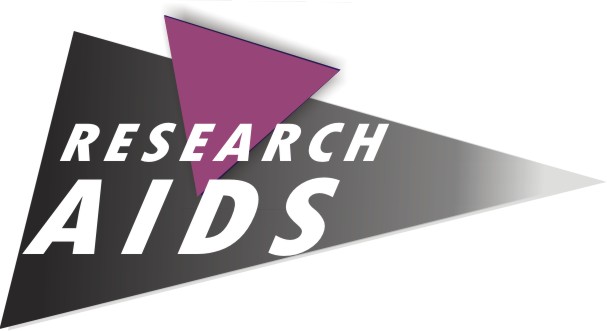HIV Classification: CDC and WHO Staging Systems
CDC Classification System for HIV Infection
WHO Clinical Staging of HIV/AIDS and Case Definition
CDC Classification System for HIV-Infected Adults and Adolescents
CDC Classification System: Category B Symptomatic Conditions
CDC Classification System: Category C AIDS-Indicator Conditions
WHO Clinical Staging of HIV/AIDS for Adults and Adolescents
Background
HIV disease staging and classification systems are critical tools for tracking and monitoring the HIV epidemic and for providing clinicians and patients with important information about HIV disease stage and clinical management. Two major classification systems currently are in use: the U.S. Centers for Disease Control and Prevention (CDC) classification system and the World Health Organization (WHO) Clinical Staging and Disease Classification System..
The CDC disease staging system (last revised in 1993) assesses the severity of HIV disease by CD4 cell counts and by the presence of specific HIV-related conditions. The definition of AIDS includes all HIV-infected individuals with CD4 counts of <200 cells/µL (or CD4 percentage <14%) as well as those with certain HIV-related conditions and symptoms. Although the fine points of the classification system rarely are used in the routine clinical management of HIV-infected patients, a working knowledge of the staging criteria (in particular the definition of AIDS) is useful in patient care. In addition, the CDC system is used in clinical and epidemiologic research.
In contrast to the CDC system, the WHO Clinical Staging and Disease Classification System (revised in 2005) can be used readily in resource-constrained settings without access to CD4 cell count measurements or other diagnostic and laboratory testing methods. The WHO system classifies HIV disease on the basis of clinical manifestations that can be recognized and treated by clinicians in diverse settings, including resource-constrained settings, and by clinicians with varying levels of HIV expertise and training.
S:
When a patient presents with a diagnosis of HIV infection, review the patient's history to elicit and document any HIV-related illnesses or symptoms.
O:
Perform a complete physical examination and appropriate laboratory studies (see chapters Initial Physical Examination and Initial and Interim Laboratory and Other Tests).
A:
Confirm HIV infection and perform staging.
P:
Evaluate symptoms, history, physical examination results, and laboratory results, and make a staging classification according to the CDC or WHO criteria (see below).
CDC Classification System for HIV Infection
The CDC categorization of HIV/AIDS is based on the lowest documented CD4 cell count (Table 1) and on previously diagnosed HIV-related conditions (Tables 2 and 3). For example, if a patient had a condition that once met the criteria for Category B but now is asymptomatic, the patient would remain in Category B. Additionally, categorization is based on specific conditions, as indicated below. Patients in categories A3, B3, and C1-C3 are considered to have AIDS.
CDC Classification System for HIV-Infected Adults and Adolescents
Key to abbreviations: CDC = U.S. Centers for Disease Control and Prevention; PGL = persistent generalized lymphadenopathy. |
CD4 Cell Categories | Clinical Categories |
A
Asymptomatic, Acute HIV, or PGL | B
Symptomatic Conditions,#* not A or C | C
AIDS-Indicator Conditions* |
(1) ≥500 cells/µL | A1 | B1 | C1 |
(2) 200-499 cells/µL | A2 | B2 | C2 |
(3) <200 cells/µL | A3 | B3 | C3 |
CDC Classification System: Category B Symptomatic Conditions
Category B symptomatic conditions are defined as symptomatic conditions occurring in an HIV-infected adolescent or adult that meet at least 1 of the following criteria:
a) They are attributed to HIV infection or indicate a defect in cell-mediated immunity.
b) They are considered to have a clinical course or management that is complicated by HIV infection.





